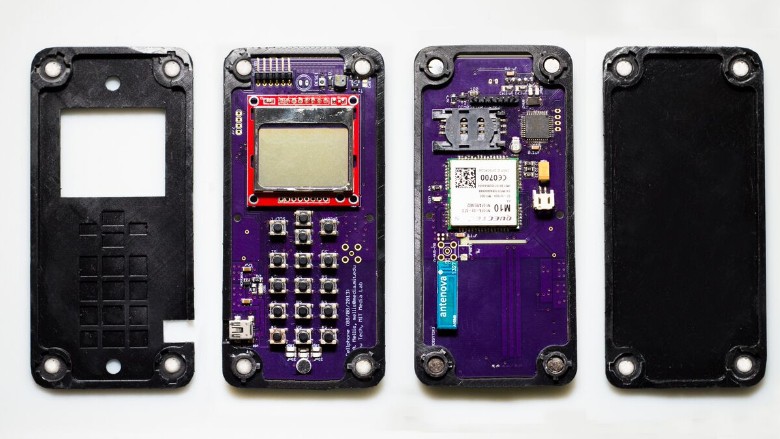
Cell phones can do a lot of amazing things. Connect people across the world, provide instant information on any topic, text tiny cartoons. But they still rely on people and machinery to put them together and bring them to life.
Researchers at MIT are trying to fix that by designing a phone that assembles itself.
Related: MIT robot helps deliver babies
The devices don't come with little robotic hands. Six separate pieces are placed in a tumbler, which spins at varying speeds until the elements click into place with magnets, creating two phones. The pieces are designed like a puzzle, only matching up with certain other parts, so there's only one possible outcome.
This is still a research project, and the final phones look like retro feature phones with physical keyboards and small screens. It can take less than minute for them to take shape. Speed is limited to prevent the hardware from being damaged during the spin cycle.
The project is led by Skylar Tibbits, an architect and research scientist, at MIT's Self-Assembly Lab. It was a collaboration with artist and researcher Marcelo Coelho, according to Fast Company.
"This technology has the potential to completely change the product design landscape. On one extreme, it will allow large companies to rapidly generate many versions of a product and iterate based on customer feedback," said Coelho. "On the other, it will allow small design studios to easily scale their production from a few units to thousands with little overhead, closing the loop on the democratization of design started by crowd-funding."
The lab, founded in 2011, tosses together designers, scientists and engineers to research how self-assembly can impact a wide variety of fields. Their designs could be used to improve or cut costs for manufacturing, robotics, and construction industries.
Related: Google's modular phone is coming, finally
They start with specially designed shapes and add an energy source -- energy is the 4th dimension in their 4D printing -- like heat or shaking, to nudge the designs into their final forms. They're working with partners on self-assembling toys, interactive retail spaces, and even space infrastructure.
Previous projects include a chair that assembled itself in a roiling tank of water and shoes that can be programmed to take on different shapes.
A phone that assembles itself could help manufacturers cut down on costs, or open the door for more experimental phone designs. Google (GOOG)'s Project Ara has tinkered with modular phones, where different components like cameras and sensors can be swapped out. Self- assembly could add a touch of serendipity into the designs.
"It basically hints at a new way of looking at the world where we don't need to control everything, but can rather set-up the right conditions with the right elements and let nature do the hard work," said Coelho.

